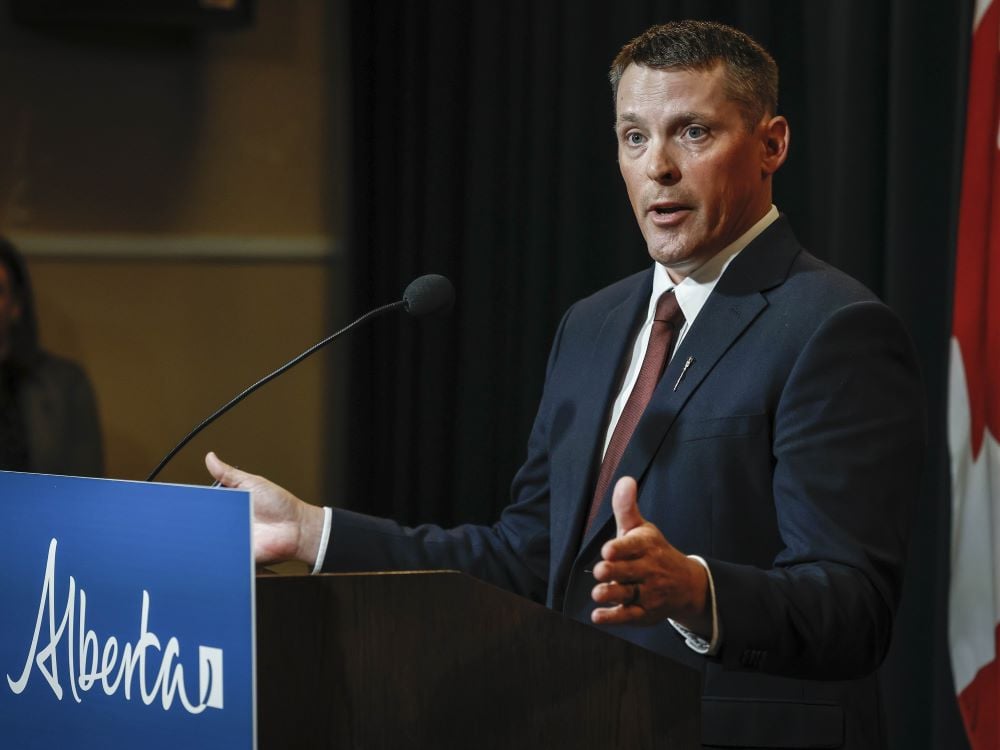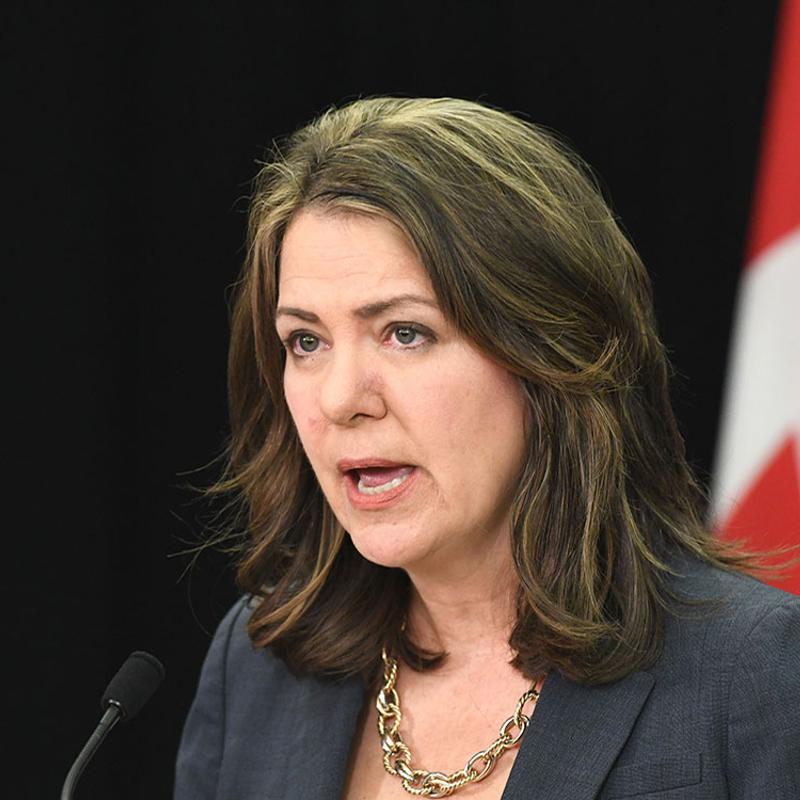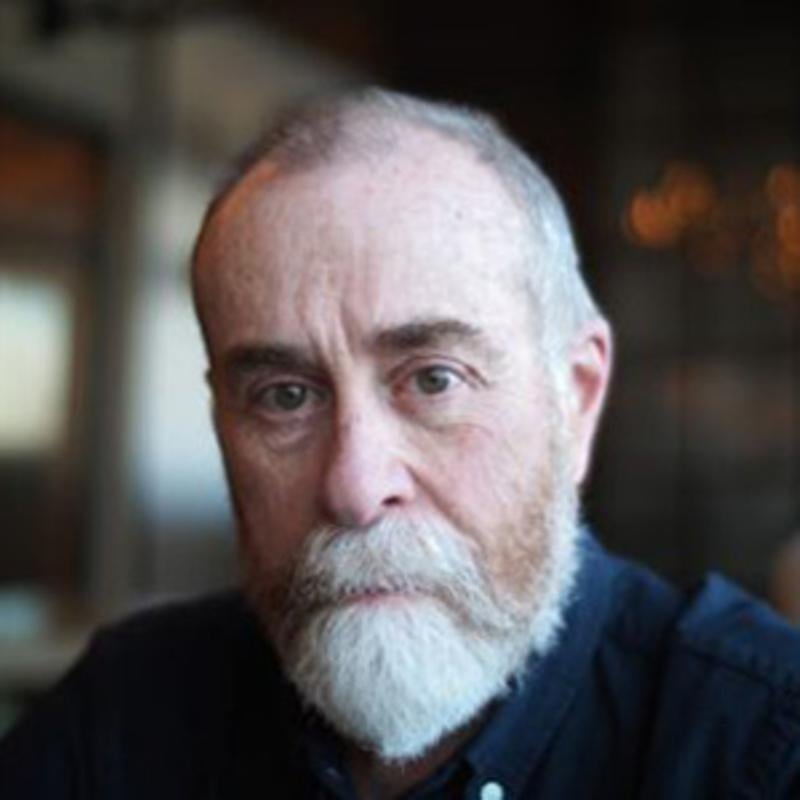By Bloomberg News
March 21, 2025
Three decades ago, Canada published a report about its future military plans. “The Cold War is over,” its first chapter began, before outlining the government’s massive budget pressures and proposing cuts to personnel and defense spending.
Then came a warning: “Canada should never find itself in a position where the defence of its national territory has become the responsibility of others.”
Surrounded by three oceans, with an allied superpower on its southern border, Canada took its peace dividend — and let its military atrophy. It has recently been absent from patrols and war games with allies.
A hostile U.S. President Donald Trump is changing that. He has imposed tariffs and reproached Canada for being too dependent on the U.S. for security, and his repeated talk of making it the 51st state has spark both fury and alarm in the nation of more than 41 million people. Further shocking Europe and Canada into planning for self-reliance, Trump has threatened U.S. support for Ukraine’s fight against Russia.
With a snap election call just days away, Canadian politicians are now jockeying to explain how they’d ramp up defense spending — and disentangle themselves from the U.S. at the same time. Two days after he was sworn in as prime minister, Mark Carney flew to Paris and London to talk with allies and make the pitch for more defense industry cooperation with Europe. His government is reviewing an earlier deal signed with the US’s Lockheed Martin Corp. for F-35 jets.
With melting Arctic ice drawing interest in the far north from Russia and China, Canada had already acknowledged it needed to do better. But it’s well short of its North Atlantic Treaty Organization commitment to spend 2% of gross domestic product on defense: In 2024, it was on track to spend 1.37%, one of nine laggards in the 32-member alliance.
“Trump isn’t wrong on everything,” Eric Martel, chief executive officer of Canadian jet-maker Bombardier Inc., said this week. “We’ve been hiding behind our big brother for a while.”
Former Prime Minister Justin Trudeau tried to allay criticism at last year’s NATO summit by committing to hit 2% by 2032. But he didn’t allocate the funds needed, and to get there, current spending would almost need to double, Canada’s budget watchdog said.
Anyway, 2032 looks far too slow. Trump’s administration has said NATO members should hit 2% as soon as June, NATO Secretary General Mark Rutte has talked about a 3% goal, and Trump has talked about a 5% target, and darkly suggested the U.S. wouldn’t come to NATO allies’ defense if they are “delinquent.”
In January, Defence Minister Bill Blair said it’s “absolutely achievable” for Canada to hit 2% as soon as 2027, five years faster than the current plan and which, depending on economic growth, could work out out to between C$10 billion ($7 billion) and C$13 billion in additional annual spending.
Canada hasn’t explained how it’ll do that, but experts interviewed by Bloomberg News say there are plenty of options.
Canada’s military is in dire need of replenishment. Its fighter jets and frigates are several decades old. It’s 6,800 people short of its full “authorized force” of 71,500 due to recruitment and retention problems that the defense minister warned could start a “death spiral,” so it’s opened entry to permanent residents as well as citizens.
The government could green-light or accelerate purchases it’s currently exploring, like upgraded missile defense, tanks, artillery and drones. But procurement is slow — it can take “too long,” a defense ministry spokesman acknowledged by email. The system is “broken,” a union representing procurement personnel told a parliamentary committee last year.
For example, the process to choose new warplanes took more than a decade. The White House is setting ultimatums that will force NATO allies to move much faster.
A direct route to 2% would be opening the spigot for existing lines of spending, according to David Perry, president of the Canadian Global Affairs Institute think tank, and former Defense Minister Jason Kenney, who served under Conservative Prime Minister Stephen Harper. That could mean boosting salaries for soldiers, spending more on airbases, buildings, ports and infrastructure, military housing, upping maintenance and support for existing equipment like ships, and reversing cuts to things like travel.
The armed forces are underpaid, former Vice Chief of Defense Staff Mark Norman said by phone, and its infrastructure needs are huge, with some “literally crumbling.”
“The backlog and everything associated with it would well exceed the 2%,” he said, warning against too much focus on “the big shiny objects” of new procurement. “We hang on to things way too long, which then creates a whole bunch of problems.”
At a February event in Washington, the premiers of Canada’s northern territories spoke about the benefits defense-related investments could bring their regions. A NATO official in the audience called their remarks “music to my ears.”
“We have a lot of zombie capabilities” as a consequence of perennially low spending, Macdonald-Laurier senior fellow Richard Shimooka said by phone. “We’ve just maintained the overhead and the minuscule amount of capability — not great.”
Canada is slowly building up its navy, which has to guard the world’s largest coastline, with manufacturers including Irving Shipbuilding Inc. and Chantier Davie Inc. A planned fleet of as many as 12 submarines would increase defense spending, and may come from suppliers in Europe or Asia. Germany’s Thyssenkrupp GmbH and South Korea’s Hanwha Ocean Co Ltd. have registered lobbyists for that contract. But the first submarine is many years away.
Canada has promised to acquire a global military satellite communications system. Dan Goldberg, CEO of Ottawa-based Telesat Corp., says his company wants that work and says it’s “pivotal” for air defense modernization, too. Lobbyist filings indicate Brampton, Ontario’s MDA Space Ltd. is also interested in defense programs.
“They should be looking at any current project that’s within the pipeline, that they’ve already identified, that has a Canadian sovereign component, or any unsolicited proposals — perhaps for goods, services where Canadian industry has seen a gap in our sovereign capabilities,” said Christyn Cianfarani, president of the Canadian Association of Defence and Security Industries. Officials should expedite those projects with the urgency seen during the COVID-19 pandemic, she said.
Canada is also the world’s second-largest uranium producer, but it mostly exports the metal, and both Canada and the U.S. have relied on Russia for enrichment. Canada should start enriching the nuclear fuel itself, according to Erin O’Toole, a former captain in the Royal Canadian Air Force who led the Conservative Party during the 2021 election.
U.S. reliant
The awkward part is how many of Canada’s plans depend on U.S. contractors — like a C$19 billion deal signed in 2023 for 88 F-35 fighter jets from Lockheed Martin, or a C$10.4 billion deal for P-8A Poseidon aircraft from the Boeing Co. Armored vehicle manufacturing happens in Canada, but one of the top players is Reston, Virginia-based General Dynamics Corp.
During the Cold War in 1959, Canada canceled a project to make its own fighter jet, the Avro Arrow. Today, Quebec’s Bombardier Inc. makes surveillance jets, but not fighting ones. Now the country is seamlessly integrated with the U.S.: It supplied 40% of the Allies’ aluminum and 95% of the nickel in the Second World War, and in 1956 struck a special deal that means the U.S. Department of Defense treats Canadian suppliers as equivalent to American ones.
CADSI’s Cianfarani said it’s not clear what protection that pact, called the DPSA, offers businesses facing 25% tariffs, including steel and aluminum products, which might balloon costs.
To be sure, while Canada has grown too reliant on the U.S. for security, its troops also supported American solidiers in Afghanistan, Korea and other U.S.-led missions. Trudeau made this point while pushing back on Trump’s tariffs on Feb. 1, saying: “We have fought and died alongside you during your darkest hours.”
The U.S. is increasingly being treated as hostile by Canadian politicians, a dynamic evoking Canada’s 19th-century origins, when three British colonies joined forces to form a new nation partly out of a fear of U.S. invasion.
Canada must “protect our Arctic, which is under threat not just now from the Russians and the Chinese, but from potential U.S. incursions,” Carney said last month, before he was prime minister. “I will spend defense dollars in Canada, not the 80% that this government has spent in the United States up until now.” His decision to ask for a review of the F-35 contract on his very first day in office was deliberate.
But calls to replace the F-35 with an alternative like the runner-up Saab AB Gripen from Sweden, whose makers promised to bring more manufacturing to Canada, could entail big sunk costs and delays, especially given the technological complexity of modern militaries, said Andrea Charron, director of the University of Manitoba’s Centre for Defence and Security Studies. Canadian pilots and technicians are already training in the U.S. for the F-35, she said.
Although the U.S. itself has also cooled on collaboration — Trump has questioned a pact to collaborate with Canada and Finland on icebreaker production — the president’s plans look ungainly without Canadian involvement.
On Jan. 27, he issued an executive order to build “the Iron Dome for America,” invoking the name of Israel’s missile defense system, to neutralize aerial attacks amid fears that new hypersonic missiles could slip through current defenses.
“We can’t think of this Iron Dome system like what the Israelis have, because we’re talking about a huge area,” Charron said. “We know the missiles are going to come over us,” she added, referring to Canada.
Trump’s order doesn’t mention the North American Aerospace Defense Command — the world’s only bi-national military command, run by the U.S. and Canada, responsible for scanning and guarding North America’s airspace. But it does refer to working with “allies” and to the U.S. unit responsible for their part in NORAD.
NORAD leaders recently met “for meaningful discussions on joint priorities.” The unit’s official social media hashtags include #StrongerTogether. One of Carney’s first visits as prime minister was to Iqaluit, capital of the Arctic territory Nunavut, to share more detail about investments in the region, including over-the-horizon radar for NORAD.
Carney is expected to call an election in days, and the question of how Canada can assert its sovereignty against an aggressive U.S. seems certain to be a central issue.
Carney has promised to meet 2% NATO target by 2030 at the latest, without saying how. Pierre Poilievre, leader of the Conservative Party, has said he’d redirect money to the armed forces from Canada’s foreign aid budget — which was about $8 billion in 2023, according to the OECD. He has pledged a new base and more rangers for the Arctic, and two more icebreakers. He has said meeting the NATO commitment is a goal attainable if the U.S. deepens trade ties.
Trade offs
Whoever wins faces choices to meet these pledges: redirecting money from other programs, borrowing more or raising taxes. And that’s as the government already expects to run a C$48 billion deficit in the coming fiscal year and has numerous other spending demands, including buffering citizens against the trade war with the US, addressing a housing crisis and boosting productivity.
Canadians are divided on the best way to increase defense spending, according to new polling by Nanos Research for Bloomberg. But the proportion who said Canada shouldn’t increase it at all has dropped to 15% in 2025 from 26% last year.
Canadians may even be willing to pay a special “Canadian military tax,” former Bank of Canada Governor Stephen Poloz said in February, suggesting 3% on purchases, offset for low-income residents by sales tax relief.
“People pay that tax knowing it’s going straight to the people in uniform and they’ll be proud to pay it. And I think Donald Trump would say: ‘Now that’s a teammate.’”
Kenney, the former defense minister, said Trudeau’s government “put their fiscal firepower on new domestic entitlement programs like pharmacare and dental” to secure an alliance with the New Democratic Party that kept them in power for longer. “National security was subordinated to short-term domestic political interests.”
For now, Canada is trying to show it’s a good partner, as it tries to avert punishing tariffs. On Feb. 23, it announced it would conduct its biggest in a series of armed operations in the Arctic territories since 2007, called “Nunalivut,” meaning “Land that is ours.”
---
Thomas Seal, Bloomberg News
--With assistance from Erik Hertzberg, Brian Platt and Laura Dhillon Kane.
©2025 Bloomberg L.P.











